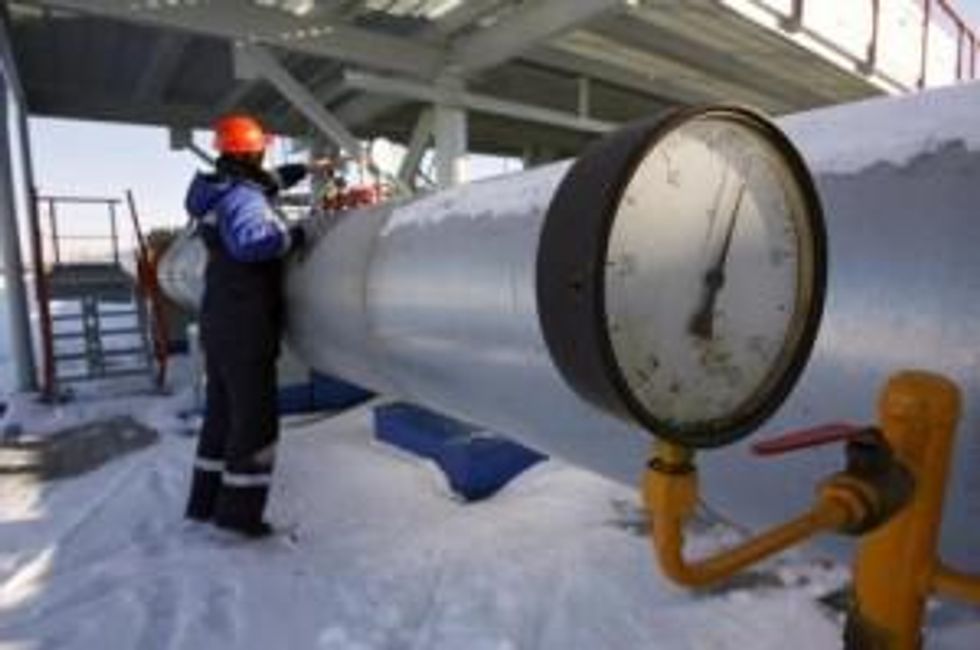Natural Gas Prices Lowering on European Demand; Stability in the Future?
Suppressed demand in Europe and continued geopolitical tension haven’t helped natural gas prices, but the International Monetary Fund does see some hope.
Tough times continue for the natural gas industry as demand drops in Europe and tension between Ukraine and Russia continues to hamper prices.
On October 6, natural gas had its worst day in a month, hitting $3.898 per million British thermal units on the NYMEX.
In a note to investors, Aaron Calder, a senior market analyst with Gelber & Associates, wrote that the market appears to be at a crossroads. “Production is growing, and current demand is low, which is why the market is selling off. The current fundamental picture is bearish but strong, sustained, heating demand can trump that,” The Wall Street Journal quotes him as saying.
The market has been in flux since June, with prices falling from $4.79 to the high $3 range. Brief rallies have seen prices pick up, but not to the levels seen in early 2014.
Europe not interested
As mentioned, that price decline is largely the result of European countries increasingly shying away from gas as instability caused by the ongoing jousting between Russia and Ukraine raises questions about long-term supply.
Even large companies like Gazprom (MCX:GAZP), which once had a 13-percent share of gas sales to the United Kingdom, are now feeling the heat. At a conference in St. Petersburg, Alexey Miller, Gazprom’s CEO, acknowledged the tough market. “The European market isn’t a buyer’s market now,” Bloomberg reports him saying.
Underscoring that statement, industry heads discussed at a September gas summit organized by Platts how to best market the energy source in a market that is increasingly looking to make a shift to less expensive energy. Cheap coal in particular is causing problems for natural gas.
IMF looking for stability
One bright spot amidst all the gloom is that the International Monetary Fund (IMF) issued a report last week in which it states that US liquefied natural gas, along with the shale gas boom in the country, has helped stabilize international energy prices.
Researchers with the IMF believe a price turn, at least domestically, is in the cards. “Domestic natural gas prices in the United States are expected to rise with rapidly growing liquefied natural gas exports but to remain markedly lower than those in Europe and Asia, given liquefaction costs,” they state in the IMF’s report.
The IMF also notes that there is emerging potential for natural gas to be shipped and traded more easily in its form as liquefied natural gas. If that capability becomes realized across the globe, then the shale gas revolution could be successful.
Securities Disclosure: I, Nick Wells, hold no direct or indirect investment in any of the companies mentioned.






